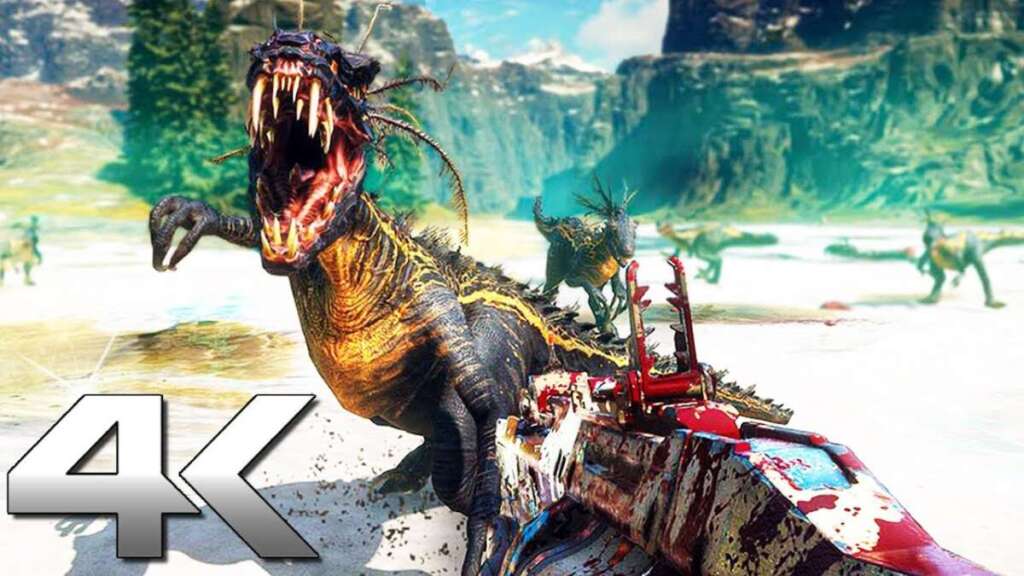
įollowing such a major loss of diversity, Silurian communities were initially less complex and broader niched. Statistical analysis of marine losses at this time suggests that the decrease in diversity was mainly caused by a sharp increase in extinctions, rather than a decrease in speciation. Each extinction pulse affected different groups of animals and was followed by a rediversification event. The second pulse of extinction occurred in the later part of the Hirnantian stage, coinciding with the Metabolograptus persculptus zone. The first pulse occurred at the base of the global Metabolograptus extraordinarius graptolite biozone, which marks the end of the Katian stage and the start of the Hirnantian stage. The extinction was divided into two major extinction pulses. The brachiopods and bryozoans were strongly impacted, along with many of the trilobite, conodont and graptolite families. At the time of the extinction, most complex multicellular organisms lived in the sea, and the only evidence of life on land are rare spores from small early land plants.Īt the time of the extinction, around 100 marine families became extinct, covering about 49% of genera (a more reliable estimate than species). The Late Ordovician mass extinction followed the Great Ordovician Biodiversification Event (GOBE), one of the largest surges of increasing biodiversity in the geological and biological history of the Earth. 1.2 Biodiversity changes in marine invertebrates.The second pulse was associated with intense worldwide anoxia (oxygen depletion) and euxinia (toxic sulfide production), which persisted into the subsequent Rhuddanian stage of the Silurian Period. The second pulse of extinction occurred in the later half of the Hirnantian as the glaciation abruptly receded and warm conditions returned. Marine life partially rediversified during the cold period and a new cold-water ecosystem, the " Hirnantia fauna", was established. During this extinction pulse there were also several marked changes in biologically responsive carbon and oxygen isotopes. Cooling and a falling sea level brought on by the glaciation led to habitat loss for many organisms along the continental shelves, especially endemic taxa with restricted temperature tolerance. This extinction pulse is typically attributed to the Late Ordovician glaciation, which abruptly expanded over Gondwana at the beginning of the Hirnantian and shifted the Earth from a greenhouse to icehouse climate. The first pulse began at the boundary between the Katian and Hirnantian stages of the Late Ordovician Period. The Late Ordovician mass extinction is traditionally considered to occur in two distinct pulses.

Diversity gradually recovered to pre-extinction levels over the first 5 million years of the Silurian Period. Despite its taxonomic severity, the Late Ordovician mass extinction did not produce major changes to ecosystem structures compared to other mass extinctions, nor did it lead to any particular morphological innovations. The extinction event abruptly affected all major taxonomic groups and caused the disappearance of one third of all brachiopod and bryozoan families, as well as numerous groups of conodonts, trilobites, echinoderms, corals, bivalves, and graptolites.

Under most tabulations, only the Permian-Triassic mass extinction exceeds the Late Ordovician mass extinction in biodiversity loss.

Extinction was global during this interval, eliminating 49–60% of marine genera and nearly 85% of marine species. It is often considered to be the second-largest known extinction event, in terms of the percentage of genera that became extinct. The Late Ordovician mass extinction (LOME), sometimes known as the end-Ordovician mass extinction or the Ordovician-Silurian extinction, is the first of the "big five" major mass extinction events in Earth's history, occurring roughly 443 Mya. The labels of the traditional "Big Five" extinction events and the more recently recognised Capitanian mass extinction event are clickable links see Extinction event for more details. It does not represent all marine species, just those that are readily fossilized. The blue graph shows the apparent percentage (not the absolute number) of marine animal genera becoming extinct during any given time interval.


 0 kommentar(er)
0 kommentar(er)
